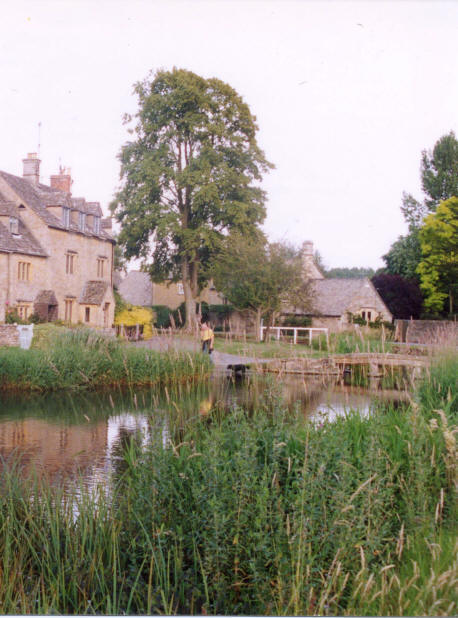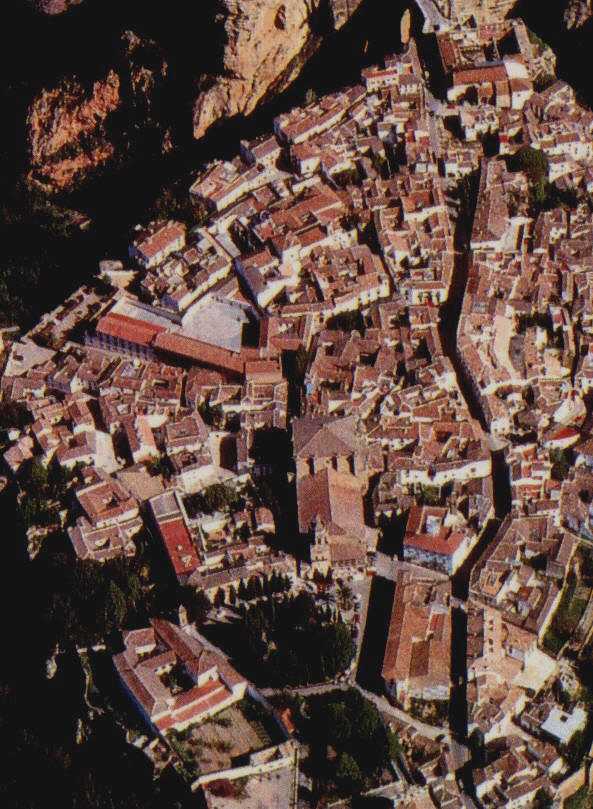Foreword by Christopher Alexander Review of Alexander's The Nature of Order The Architects and City Planners:
The Scientists:
Gallery
Background
Essays
World Cultures
Images of Landscape and Gardens
* Michael Mehaffy: The New Modernity
* * *
|
Katarxis Nº 3
AFTERWORD
A Reconsideration of Scale and Connection
From The Editors: The places in the world that are most revered – those human places about whose greatness there is near-universal agreement – are invariably those which provide both an architecture and an urban context, appealing directly to the hearts of those who live in, work in, and visit them. Indeed, everything about such places – the streams, hills, paths, streets, squares and buildings – is seamlessly joined, contributing together to the individual’s sense of place, and, beyond that, to their sense of themselves. We are bound to them through a web of connections.
| ||||
|
In recent times, attempts to recognise and celebrate this fact have often been dismissed as so much romanticism, detached from the hard realities of how such places came about, or how they actually function. Now, they are beginning to garner some serious scientific support. That great Victorian English critic, John Ruskin, loved and celebrated every nook and cranny of the city of Venice, and spoke of its architecture in tones soelevated they caused twentieth century architects to blush; yet seventeen years ago the late |
 | ||||
|
Peter Fuller was able to claim, with justification, that “research may be confirming the accuracy of Ruskin’s aesthetic intuitions … the aesthetic implications of today’s ‘scientific attitude’, it seems, are uncannily similar to those of Ruskin”. There is an increasingly – and immensely encouraging – Ruskinian tone in modern science, and it can help us support organic richness and complexity in our buildings and cities. New discoveries in, say, the structure of organisms, or about the Internet and the “network society” it is giving rise to, are affirming that in stable systems everything connects at all scales. It is for this reason that, in a place that speaks to the heart, one can never separate the architecture from the urbanism – both are born of the same generative phenomenon, only acting at different scales. The distinction that we have been taught to observe between one and the other has been entirely artificial, and can no longer stand in the light of the latest scientific understandings of complex systems. Yet it is now widespread – even among those traditionalists who go by the name of “New Urbanists” – to want to separate architecture from urbanism, in an attempt to be more hard-headed, more “realistic”. Planning professionals now seek to rank the pursuit of good urbanism above that of good architecture, in the widely-held belief that it is not possible, scientifically or rationally, to define or obtain good architecture in the same way as one can good urbanism. By this argument, architecture is really only ever subjective, and therefore not a matter suitable for discussion or objective evaluation. It is easy to see this for the nonsense it is: an individual’s experience and enjoyment of a place is all-of-a-piece, and the architecture and ornament play as important a role in this as the more abstract qualities of the plan. They are different levels of scale of the same phenomenon. How can it be that only one’s appreciation of the plan can be rational, and one’s affection for the architecture a mere “matter of opinion” -- a notion curiously contradicted by legions of critics, and endless award ceremonies? How can a profession so demonstrably mired in a crisis of self-contradiction and fragmentation extricate itself? And how can it help to extricate the wider culture for which it is supposed to offer professional leadership? This publication has attempted to provide an initial response to this question, and to others. The new developments in science have much to say about architecture and urbanism: and, contrary to the claims of the avant-garde, it is that architecture that forms adaptively over time and through collective intelligence -- so-called "traditional" architecture -- that finds most support in them. It is no longer necessary to resort to metaphysical or subjective concepts to defend traditional architecture, as we see new strands of natural science emerging which will allow one to do this quite rationally. We have argued here that recent work in mathematics and science shows that the principles underlying architecture good and great are discoverable, discussable, and newly applicable to the architecture of our own day. What is more, they are also rational, such that no public figure, or agency, need feel ashamed of speaking out about, or even legislating for, them. The inherent value of a revitalized traditional architecture can, we believe, be discussed in as rational a manner as, say, the merits of mixed-use urbanism. The new lessons of science can yield so much more beyond offering grounds for ever more wilfully bizarre architectural encounters. They point the way beyond the celebration of hyper-abstraction and hyper-novelty -- increasingly a marginal role of "product styling" for corporate icons anyway -- and toward restoration of the broader task of architecture: to enrich the complex connections of human life, and civic life. Lucien Steil, Senior Editor Luxembourg City, Luxembourg Brian Hanson, Associate Editor Faversham, Kent, UK Michael Mehaffy, Associate Editor London, UK Nikos Salingaros, Associate Editor San Antonio, Texas, USA
| |||||
 |
|

